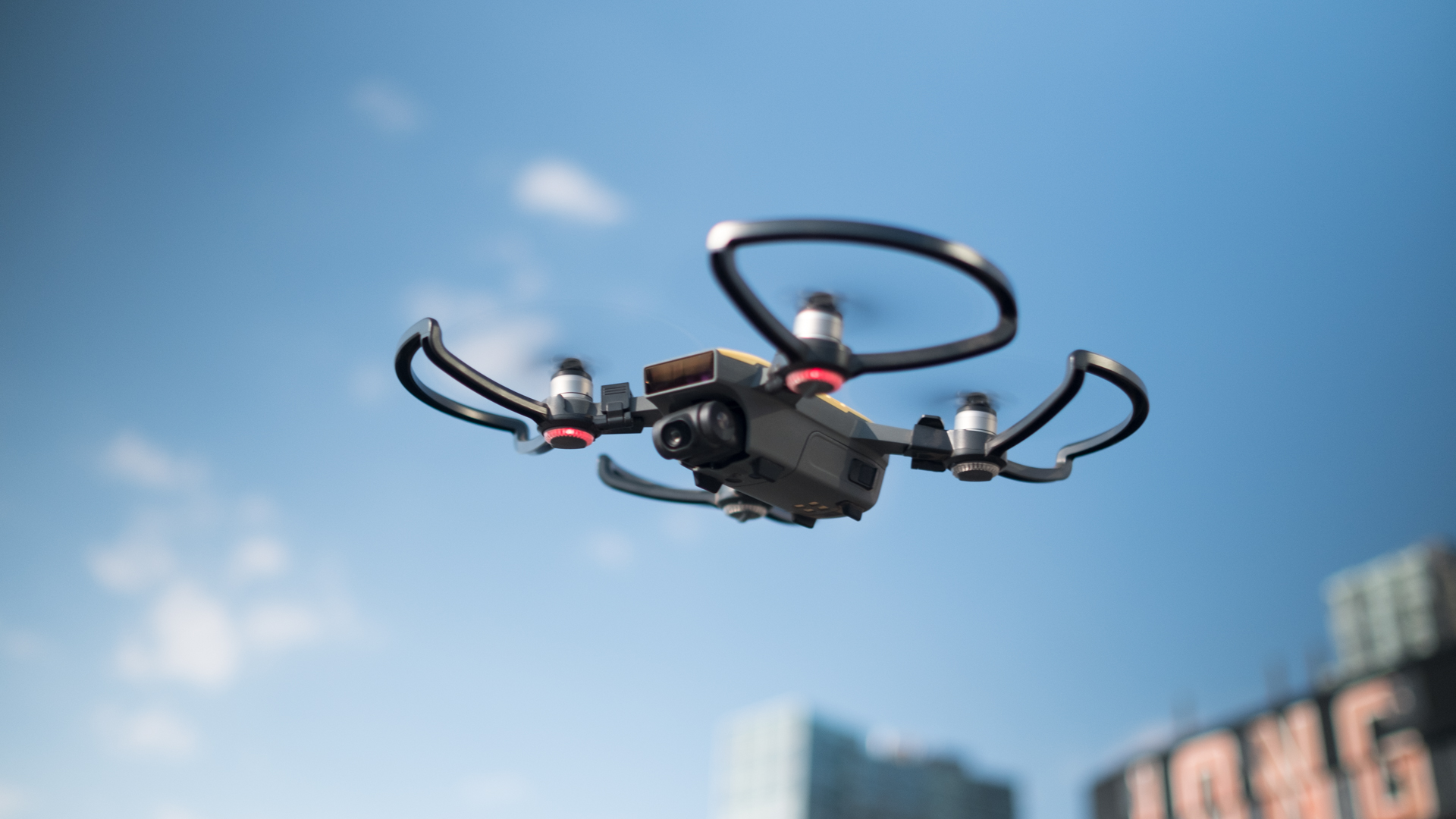Why you can trust TechRadar
Counter to its small size, the DJI Spark comes with powerful motors that make it nimble in the air. However, at the same time, the Spark visibly struggles to hover in the presence of a heavy breeze, as it shakes in the wind at an off axis. This is especially problematic, as the camera gimbal can’t articulate far enough to compensate for the tilting drone and give you a level horizon line.
At one point in our review, we had to catch the drone before it drifted into a railing on the pier and flipped into the water. The drone was saved from a dip in the drink, but in the process we sustained minor lacerations.
Despite our turbulent experience with the DJI Spark outside, this was the first drone we could reliably fly indoors. It’s maneuverable and predictable enough to be used with the PalmControl gesture commands, and we even had it autonomously follow us through a narrow hall using ActiveTrack.
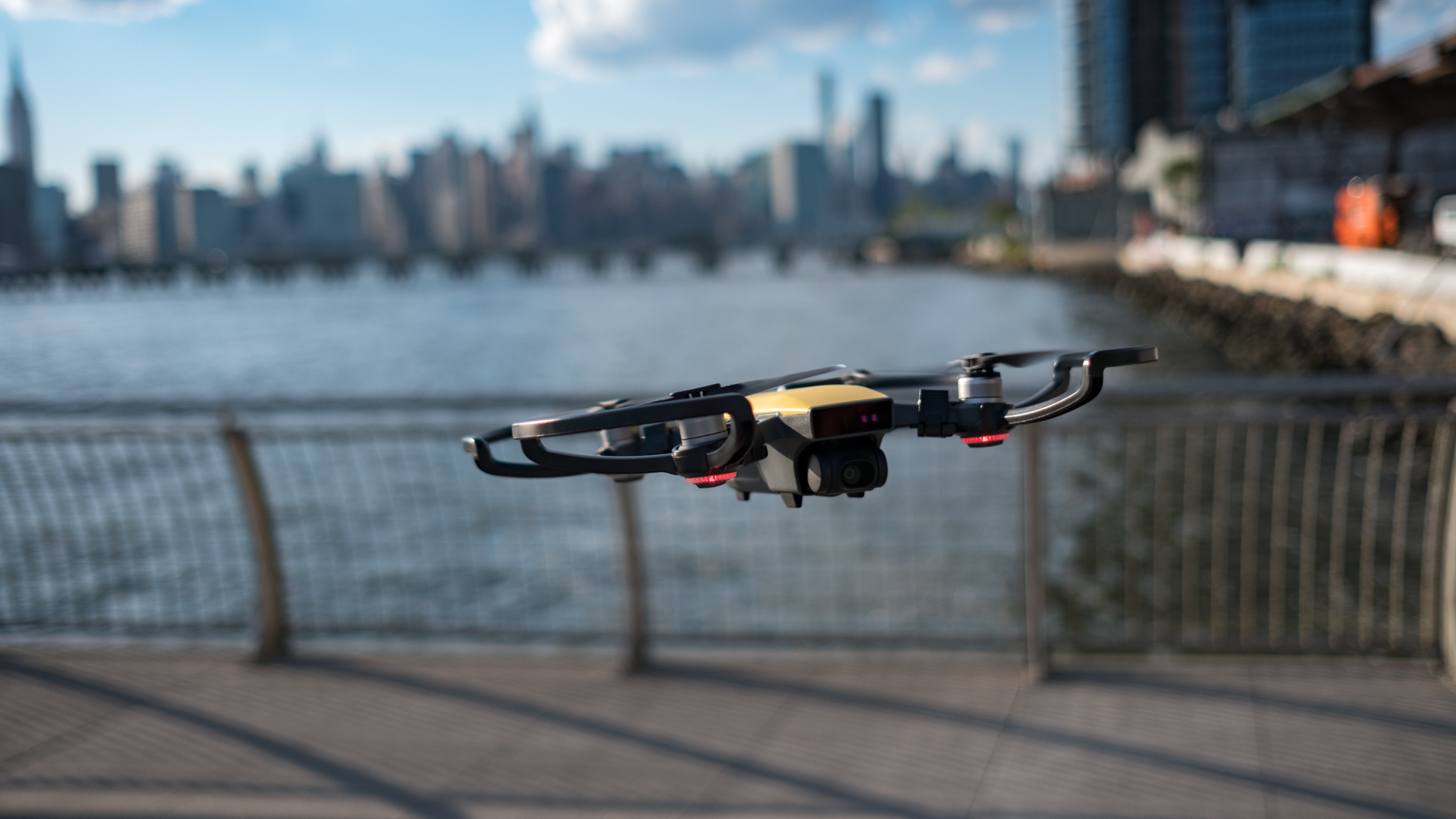
Speaking of autonomous modes, DJI has also introduced new four automatic flight maneuvers called Quickshots, which are a lot like GoPro Karma Drone’s Auto Shot Paths. The four modes include, Dronie for taking an aerial selfie, Helix plots an upward spiraling path, Rocket sends the drone straight into the sky with the camera looking down, and lastly, Circle has the drone rotate around the user.
Aside from the new features, DJI intelligent flight modes return to the Spark including TapFly to automatically navigate to preset points. ActiveTrack, which we’ve mentioned before, programs the drone to do its best to keep you in the same position in the frame while avoiding obstacles as it flies.
That said, you shouldn’t become too overconfident about the DJI Spark’s intelligence.
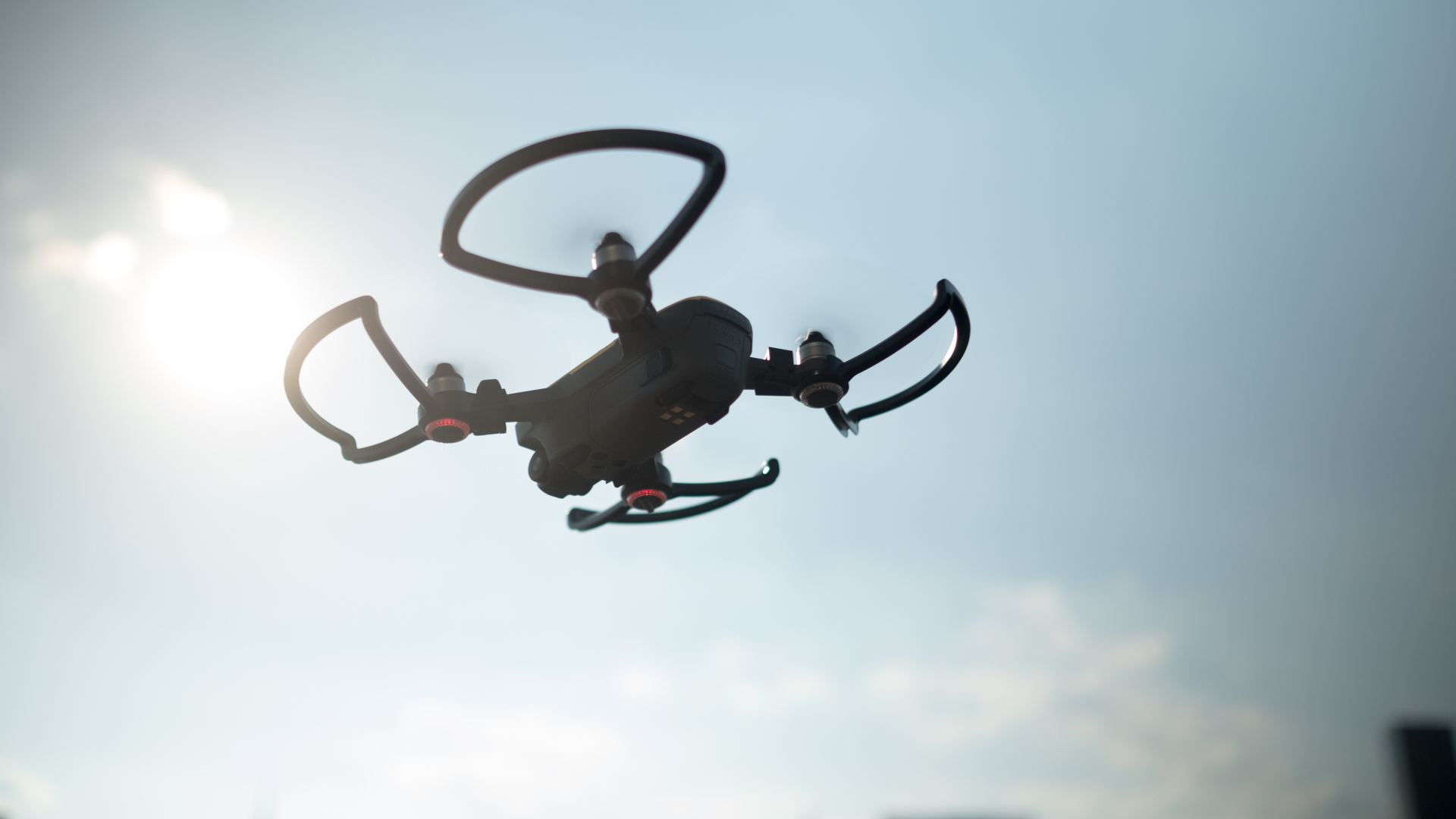
Front facing smarts
While the DJI Spark comes collision detection technology as part of its FlightAutonomy system, many of these sensors are front facing only. The obstacle avoidance sensor array consists of just a main camera and forward-facing 3D Sensing System.
Meanwhile, the downward-facing vision system, dual-band GPS (Global Positioning System), GLONASS (Global Navigation Satellite System) and a high-precision inertial measurement unit all help the drone navigate and tell you where it's flying.
DJI Spark can sense when you’re about to send it flying into a pole, but it won’t detect when it’s about to back up into a tree. It’s a limitation you’ll need to keep in mind when you’ve plotted a flight path or enabled Quickshots. Still, we’ll take the few sensors this drone has over the completely blind GoPro Karma Drone any day.
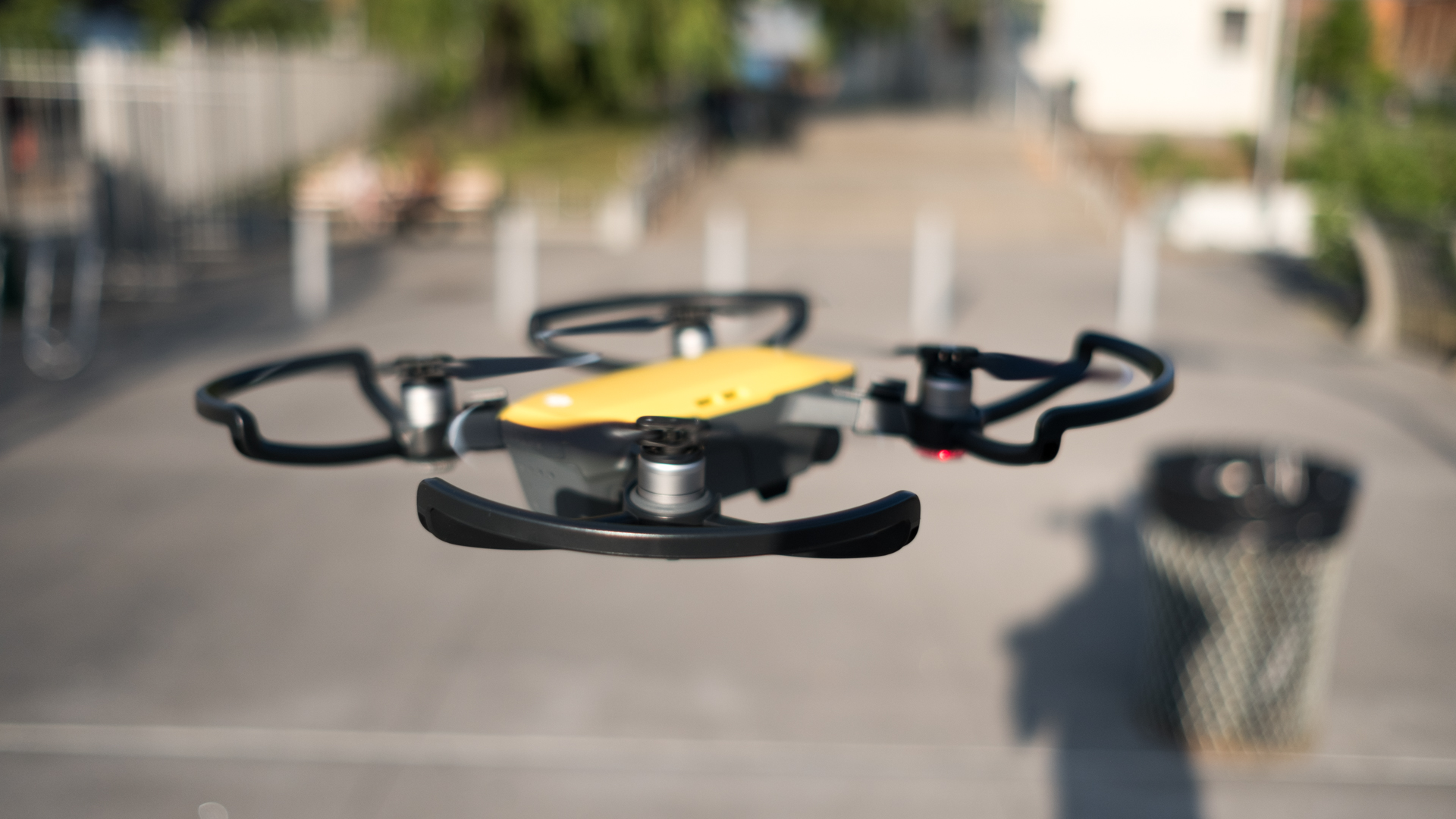
It’s also impressive that all these sensors feed information into a single Intel Movidius Myriad 2 Vision Processing Unit, which takes care of the collision detection, gesture recognition on top of image processing for the main camera.
Similar VPU chips have made their way into DJI’s drones for the last three years, but this is the first to feature a fully built gesture recognition system according to Remi El-Ouazzane, Vice President of Intel New Technology Group and General Manager of Movidius.
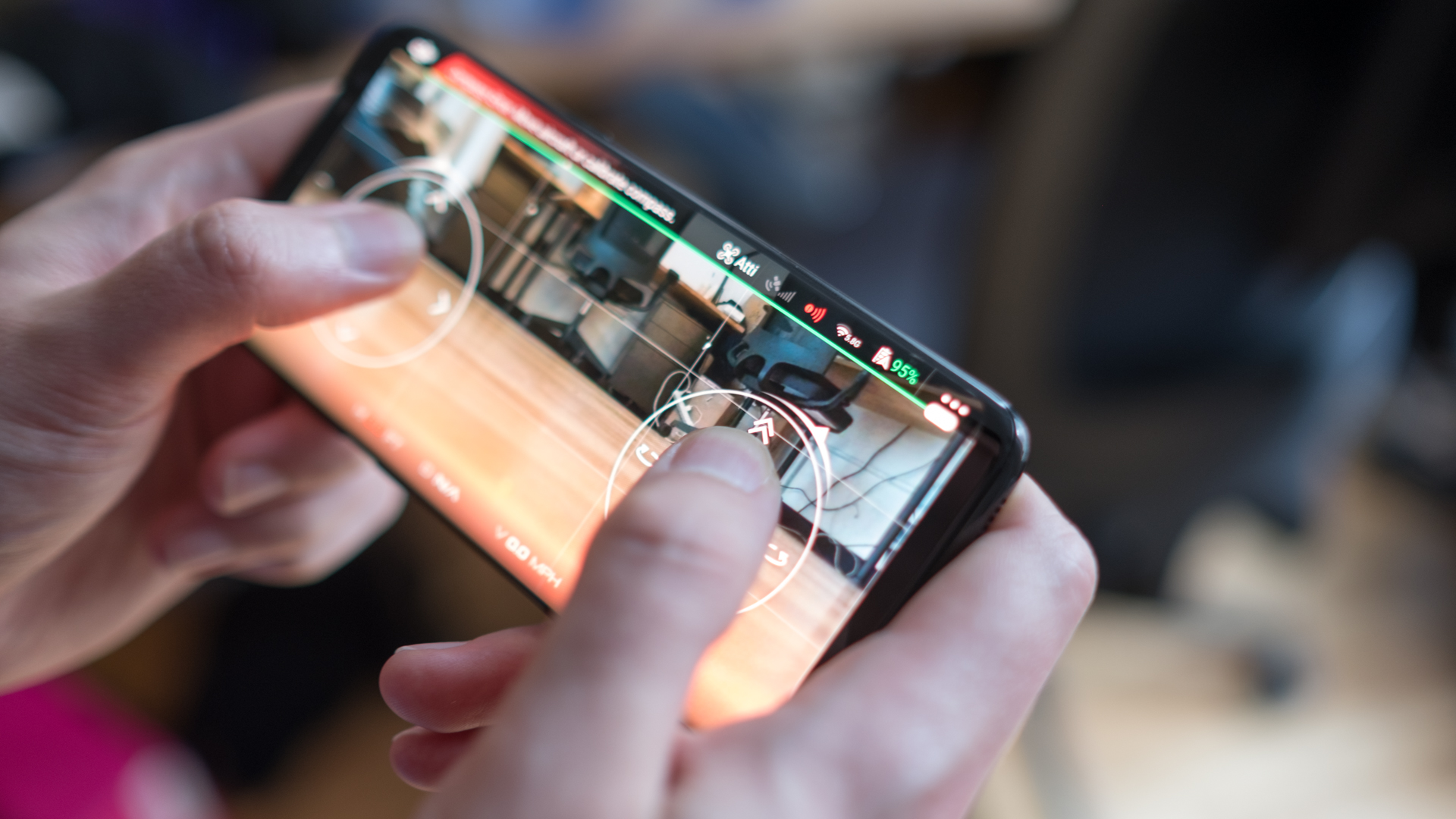
The limits of going small
One of our other big problems with the DJI Spark was its limited connectivity, which is due in part to its small size not allowing for a bigger Wi-Fi antenna and also not having the remote controller in hand. When connected to a smartphone, the drone’s effective range is 328 feet (100m); in our experience, the signal starts degrading around the 50- to 75-meter mark.
In more urban areas – such as the pier and city parks – even flying the drone 35m away would cause our video feed artifact and cut out. Worse yet, our control over the drone would intermittently cut out leading to jerky motions or overexaggerated maneuvers.
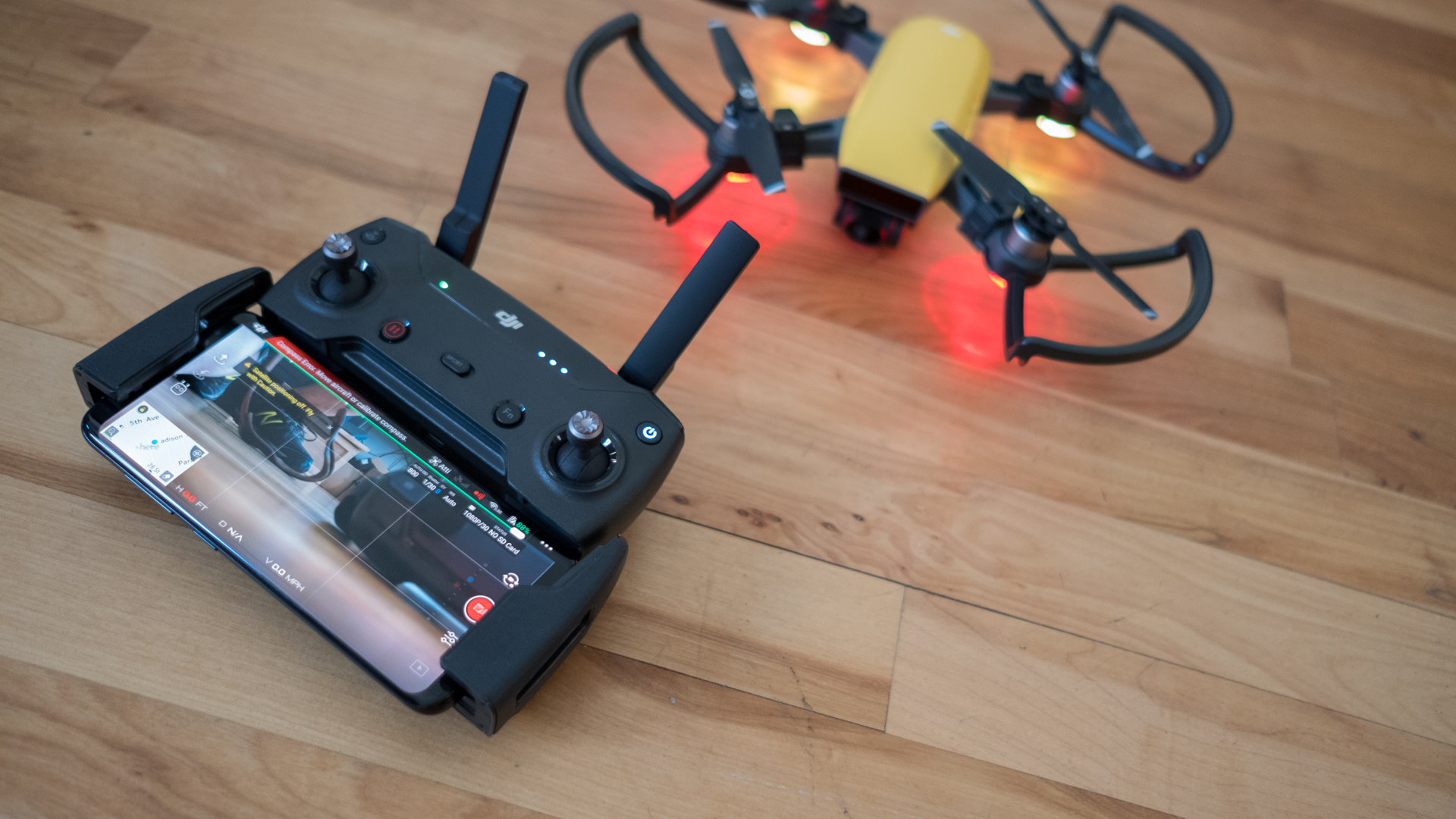
A lot of these problems are solved by the dedicated remote controller. However, it’s an additional $149 (£159, AU$259) purchase if you’ve just bought the drone.
It’s a required accessory in our book, as it extends the range of the drone to 1.2 miles (2km) and makes it reliably responsive. All the connection hitches we encountered with using just the smartphone by itself disappear and using the physical joysticks gives us more precision for our aerial maneuvers. That said, you’ll lose a signal if you try to control the drone through a wall or send it too far away.
With the remote controller, you can also shift the drone into sport mode, which allows it to fly up to 31 miles per hour. Combined with DJI’s Goggles first-person view headset for $449 (£499, AU$769), the DJI Spark could make for an interesting racing drone for beginners.
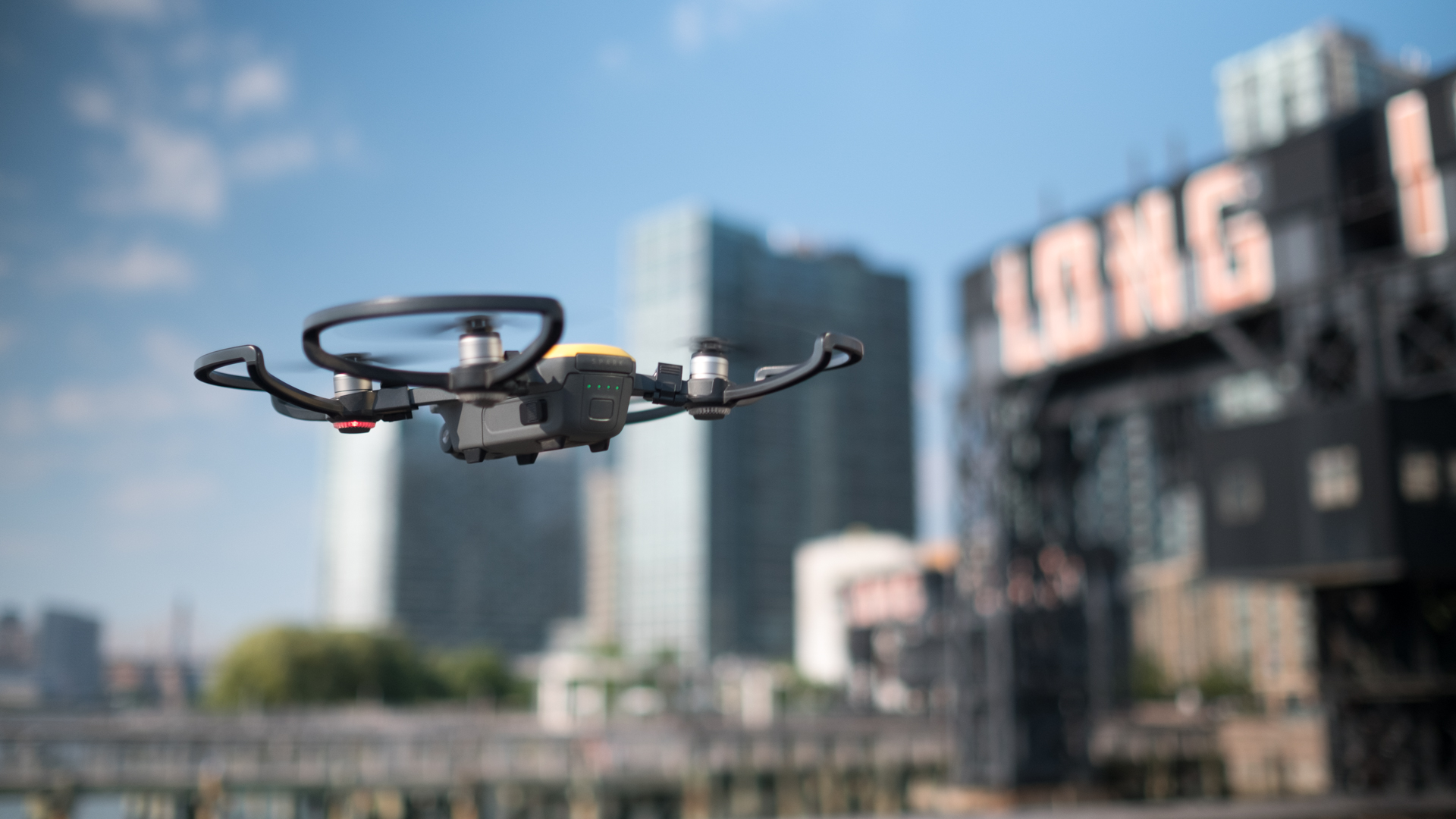
Another shortcoming is DJI rates the Spark’s battery life at 16 minutes, which ends up being closer to 12 minutes of flight time, since you’ll want to reserve juice for landing safely. It’s the shortest battery life we’ve seen from DJI’s drones, but at the same time its impressive given the Spark’s power pack is so small. The GoPro Karma Drone runs for just as long with a battery that’s easily five times larger.
Another good bit of news is the Spark can also be charged up through its microUSB port, allowing you to top it off with a portable power bank or plugging it in while you get coffee. Even with this convenience though, you’ll likely need a spare battery (or two) if you mean to do anything more than a quick flyby and a few selfies.
Video capture
In terms of recording capabilities, the main camera is equipped with a 12-megapixel 1/2.3-inch CMOS sensor that can capture Full HD video at 30p and 3,968 x 2,976 resolution images. In front of the digital sensor is a 25mm (35mm equivalent) f2.6 lens that captures an effective 81.8-degree field of view.
The maximum video resolution is a step down from the DJI Mavic Pro and GoPro Karma Drone, which can both record video at 4K resolution. We would say this is an unfortunate downside of the entry-level price, but the lower-priced Yuneec 4K Breeze can also shoot Ultra HD video – admittedly while sporting far fewer features.
So it’s actually electronic image stabilization – on top of a two-axis gimbal – that ends up eating up pixels around the edges and prevents the DJI Spark from shooting in 4K. The good news is all of this stabilization eliminates most vibrations caused by the drone flying around or wind blowing against it.
The backbone of the DJI Spark’s video shooting capabilities is the DJI GO 4 app, which catalogs every piece of content you capture with the drone. From there you can select clips to be combined automatically into highlight reels and share them. Just remember to transfer the original video files, which unfortunately doesn’t fix the low quality songs that are included with the app.
This last level of automation makes it that much easier record and produce video without much knowhow.
Current page: Performance, features and video quality
Prev Page Introduction, design, build and handling Next Page VerdictKevin Lee was a former computing reporter at TechRadar. Kevin is now the SEO Updates Editor at IGN based in New York. He handles all of the best of tech buying guides while also dipping his hand in the entertainment and games evergreen content. Kevin has over eight years of experience in the tech and games publications with previous bylines at Polygon, PC World, and more. Outside of work, Kevin is major movie buff of cult and bad films. He also regularly plays flight & space sim and racing games. IRL he's a fan of archery, axe throwing, and board games.
